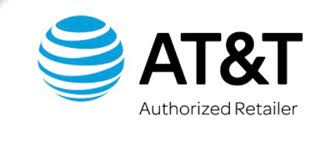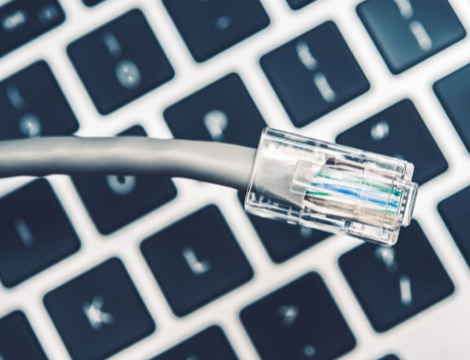AT&T Internet

(844) 319-1735
- PRICE RANGE $40 to $80 / mo.
- TECHNOLOGY DSL
- SPEED RANGE (DOWNLOAD) 6.0 mbps to 1,000 mbps
- SPEED RANGE (UPLOAD) 1.0 mbps to 1,000 mbps
AT&T Internet OVERVIEW
AT&T U-Verse is a bundled broadband Internet, phone, and digital TV provider. They provide connectivity via both DSL and fiber networks.
AT&T Internet TECHNOLOGY
AT&T offers fiber optic and hybrid DSL internet connections. They offer a variety of plans with bundles including tv, home phone service, and internet.
They offer DSL, marketed as AT&T U-verse, a technology that leverages fiber-to-the-node (FTTN) layout where the fiber optic cable terminates at a specific point near customers. The final stretch to the subscriber’s residence will be reached through telephone, ethernet and coaxial cable. This network is thought as a hybrid fiber network and it has allowed AT&T the advantage to offer high bandwidth plans than would be traditionally expected from DSL plans.[1]
The best scenario is if the consumer service address is located in an area where AT&T offers fiber-to-the-home (FTTH) in some areas. FTTH is considered the “gold standard” for strong, fast, and reliable home internet connection.
AT&T Internet RATINGS AND REVIEWS


41.0% recommendation rating according to 92,952 verified users.
XFINITY from Comcast

(844) 319-3637
- PRICE RANGE --
- TECHNOLOGY Cable
- SPEED RANGE (DOWNLOAD) 15 mbps to 1,000 mbps
- SPEED RANGE (UPLOAD) 2.0 mbps to 35 mbps
XFINITY from Comcast OVERVIEW
Xfinity by Comcast provides broadband internet, cable TV, and phone service via their hybrid fiber coaxial network. Xfinity is one of the most widely available cable Internet providers in the US.
XFINITY from Comcast TECHNOLOGY
Xfinity by Comcast offers Internet, TV, and phone service through hybrid fiber coaxial (HFC) network. They are also starting to offer fiber-to-the-home (FTTH) networks in some areas.
Hybrid Fiber Coaxial (HFC) networks are used globally by cable providers to deliver broadband internet access to consumers. HFC networks deliver a fiber optic connection to a connecting node within a neighborhood, which then branches off to service 2500 to 2000 homes in the surroundings. Comcast and other cable providers are able to take advantage of their existing coaxial infrastructure to offer competitive broadband speeds at lower up-front installation fees.
On the other hand, FTTH installations are fiber-optic cables run directly to the residential or commercial place of service. Running fiber optic cables is expensive for the providers so this technology is not yet widely available.
XFINITY from Comcast RATINGS AND REVIEWS



